EDIT: entire write up changed for clarity
why, what, and how
WHY:
since the turbo and injector swap, its been running well, but RICH, very rich.
bad for mpg mostly, and fouls plugs quicker..not great for making optimum power either.
WHAT:
inside the VAF, under the plastic cover, is a gear with a click stop, the gear and spring are told how far to move, by how much the flapper door opens
![Image]()
![Image]()
turn the gear clockwise, puts more tension on the spring, makes flapper door more resistant to the pull of air opening it.
less flapper door pull, less fuel.
![Image]()
to account for and adjust idle richness or lean, there is a small set screw, hidden by a plug that must be drilled out.
![Image]()
(OLD PIC, PLEASE DONT HURT ME, no more zip ties)
counter clockwise leans, (more air let through), clockwise more rich (less air)
HOW:
hooking a volt meter up to your o2 sensor will give you a better ballpark of a/f than a narrow band, but still not perfect like a good wideband.
but its a good start, you dont want to do this blind.
volt meter = positive to o2 sensor
negative to any body ground
![Image]()
this chart (basic google search for o2 sensor + voltage.)
![Image]()
so now you have monitoring.
idle will bounce between rich and lean, so its really just getting it lean enough, or not too rich.
low rpm driving will give you a fairly solid voltage to go off of.
WOT will read a steady voltage, makes it easy.
i turned the gear clockwise, one tooth at a time between runs.
ended up going 6 clicks, and turned idle bypass screw a turn and a half or so clockwise.
END RESULT:
flawless idle, and near flawless rpm range.
touch rich coming from idle to throttle, WOT is near perfect.
keep in mind this is a temporary fix for insane richness, to aid a DD tune. if and when i get a wideband and/or fmu, life will be more exact and simple.
why, what, and how
WHY:
since the turbo and injector swap, its been running well, but RICH, very rich.
bad for mpg mostly, and fouls plugs quicker..not great for making optimum power either.
WHAT:
inside the VAF, under the plastic cover, is a gear with a click stop, the gear and spring are told how far to move, by how much the flapper door opens

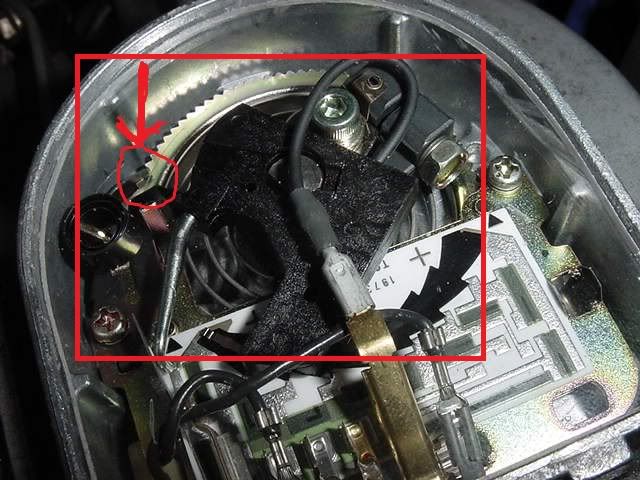
turn the gear clockwise, puts more tension on the spring, makes flapper door more resistant to the pull of air opening it.
less flapper door pull, less fuel.
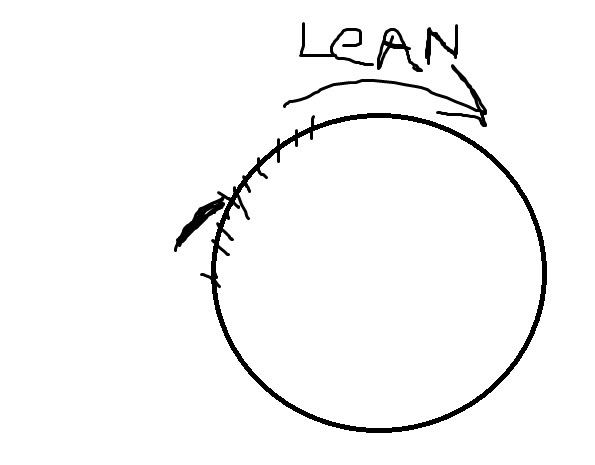
to account for and adjust idle richness or lean, there is a small set screw, hidden by a plug that must be drilled out.
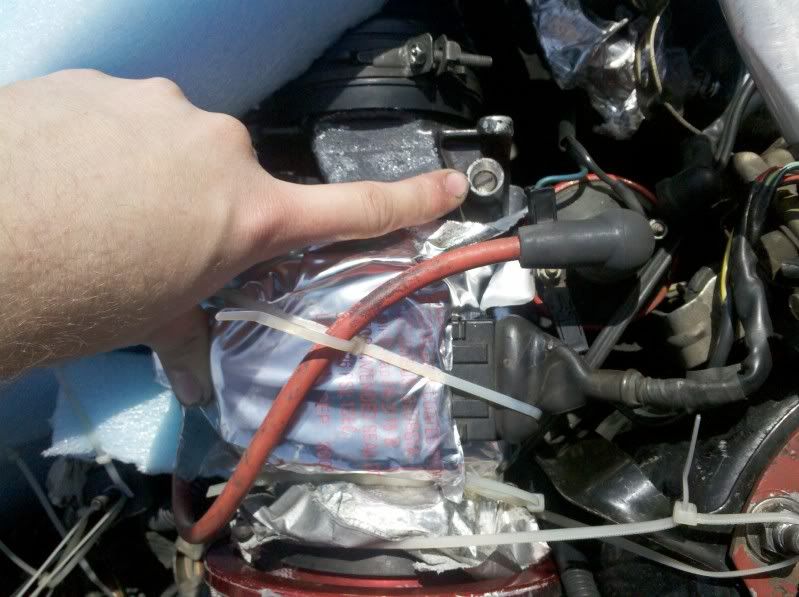
(OLD PIC, PLEASE DONT HURT ME, no more zip ties)
counter clockwise leans, (more air let through), clockwise more rich (less air)
HOW:
hooking a volt meter up to your o2 sensor will give you a better ballpark of a/f than a narrow band, but still not perfect like a good wideband.
but its a good start, you dont want to do this blind.
volt meter = positive to o2 sensor
negative to any body ground
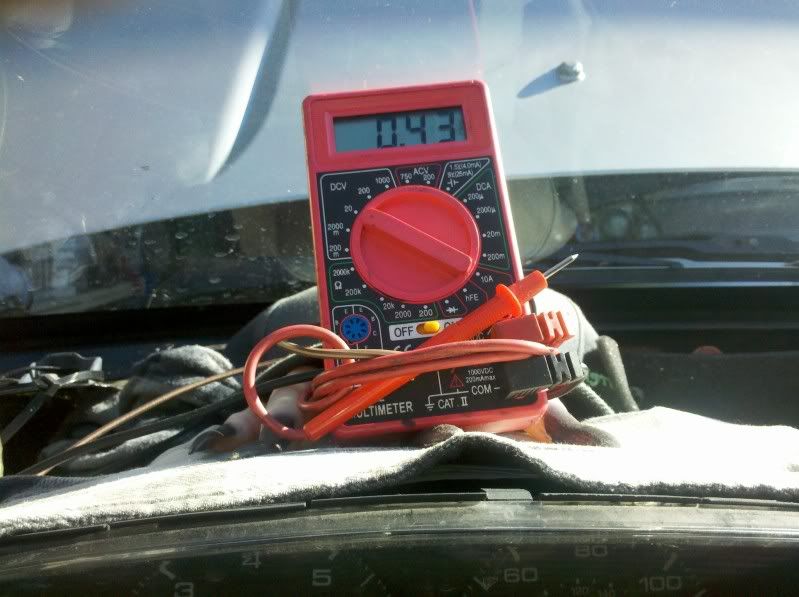
this chart (basic google search for o2 sensor + voltage.)
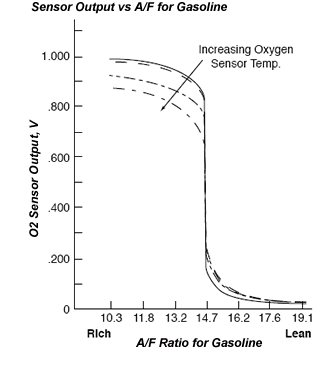
so now you have monitoring.
idle will bounce between rich and lean, so its really just getting it lean enough, or not too rich.
low rpm driving will give you a fairly solid voltage to go off of.
WOT will read a steady voltage, makes it easy.
i turned the gear clockwise, one tooth at a time between runs.
ended up going 6 clicks, and turned idle bypass screw a turn and a half or so clockwise.
END RESULT:
flawless idle, and near flawless rpm range.
touch rich coming from idle to throttle, WOT is near perfect.
keep in mind this is a temporary fix for insane richness, to aid a DD tune. if and when i get a wideband and/or fmu, life will be more exact and simple.








